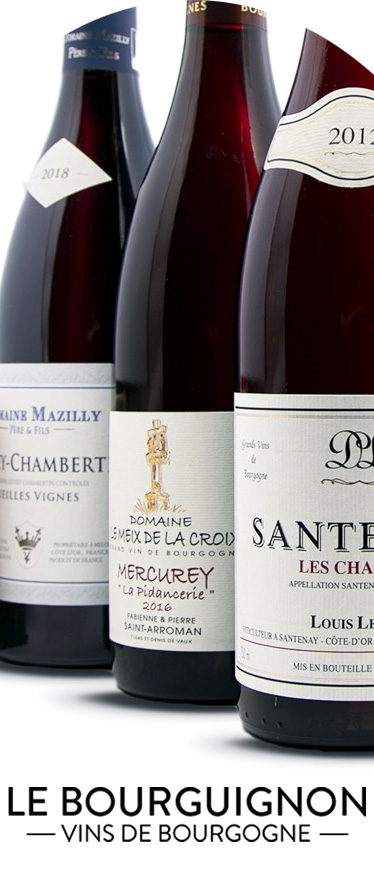Every wine lover has heard the expression “mineral” when referring to a wine, especially white. But the term is often overused. It is used (too) often to describe a digestible, fresh wine, without sweetness… In reality, minerality corresponds to very specific taste characteristics.
Minerality is in fact an aromatic family. This is the characteristic of a wine which reveals nuances of wet stone, flint, iron, oyster shell, or even iodine… An attribute that is very often found in whites from Chablis or Sancerre. But not only ! The great whites of the Côte de Beaune are particularly mineral Chardonnays, like a Meursault Perrières or a Montrachet.
The reds are not left out. We often notice salinity in the most beautiful appellations of Côte de Nuits, in Mercurey, as well as in the Beaujolais crus.
What do all these wines have in common? The influence of the terroir. Mineral aromas do not come from nowhere: they are extracted from wine-growing soils. Thus, we generally associate the aromas of oyster shell with the limestone subsoils of Chablis, while the nuances of gunflint are found in the flint terroirs of Sancerre. In Beaujolais, certain granites also bring their share of minerality.
A sine qua non condition for this terroir to find its way into the bottle: good rooting of the vines. This is where the choices of the winemaker count. But this subject deserves an article of its own…


